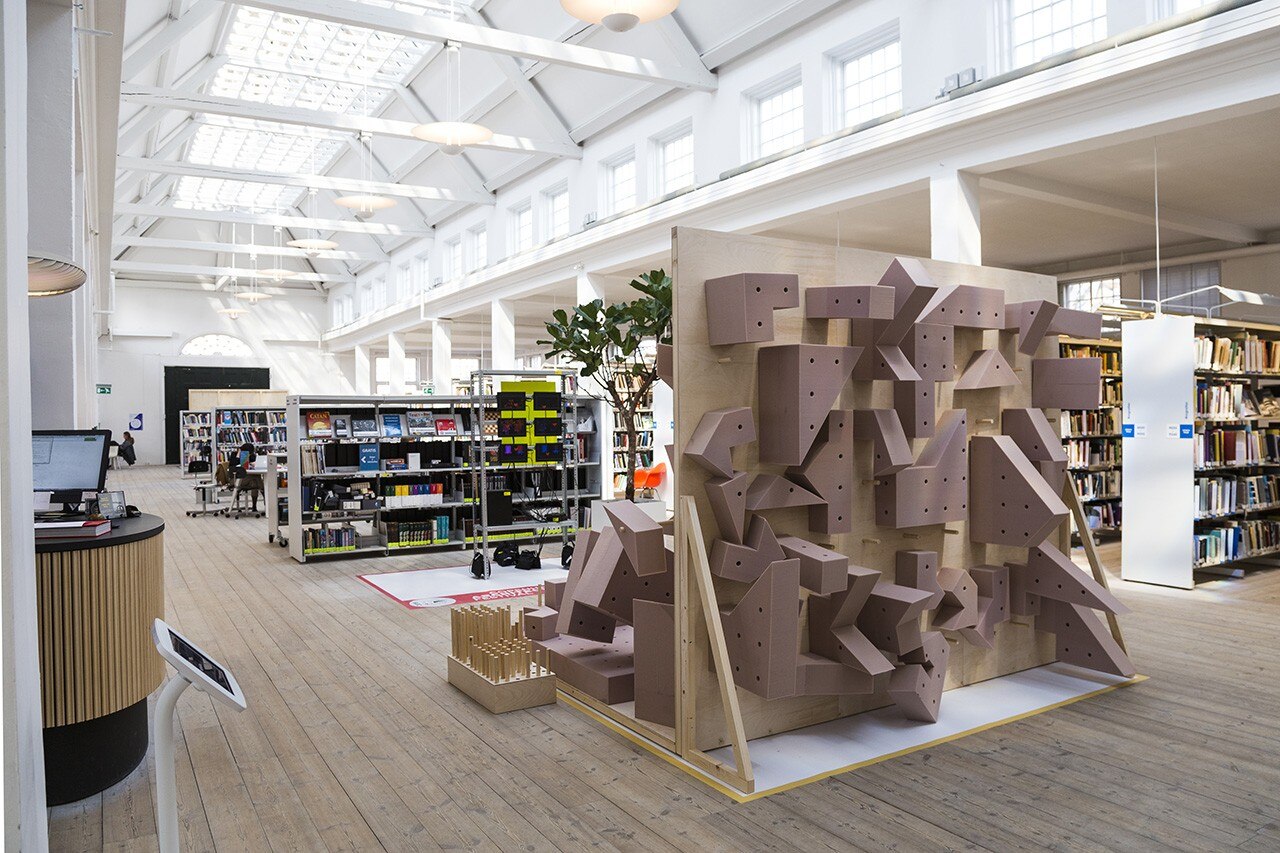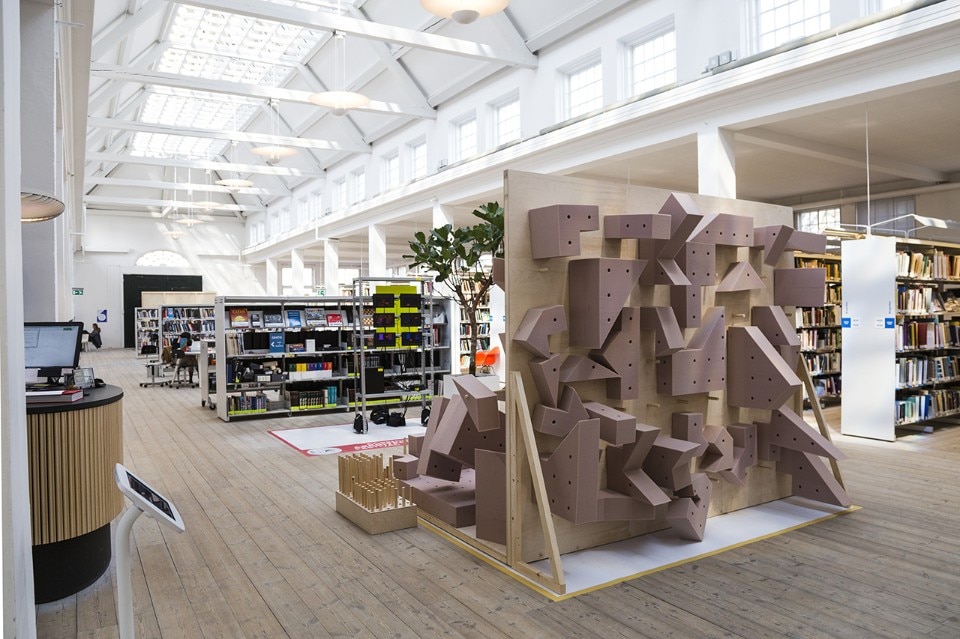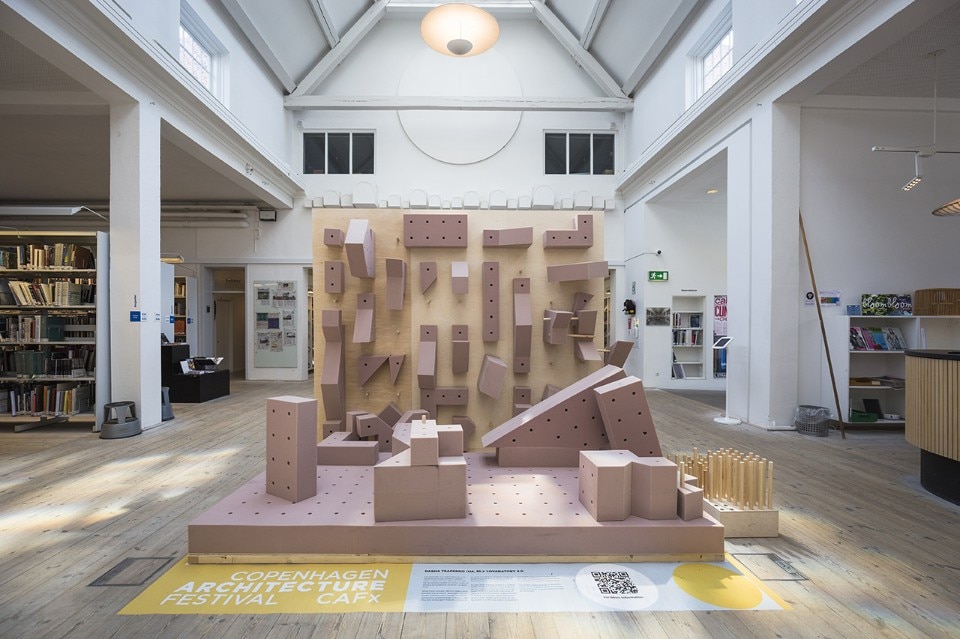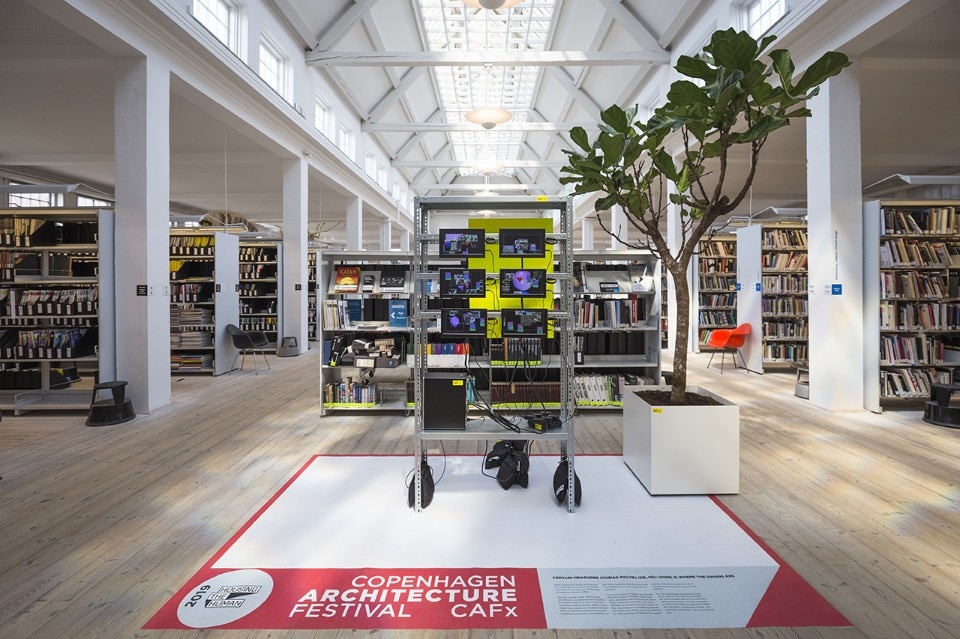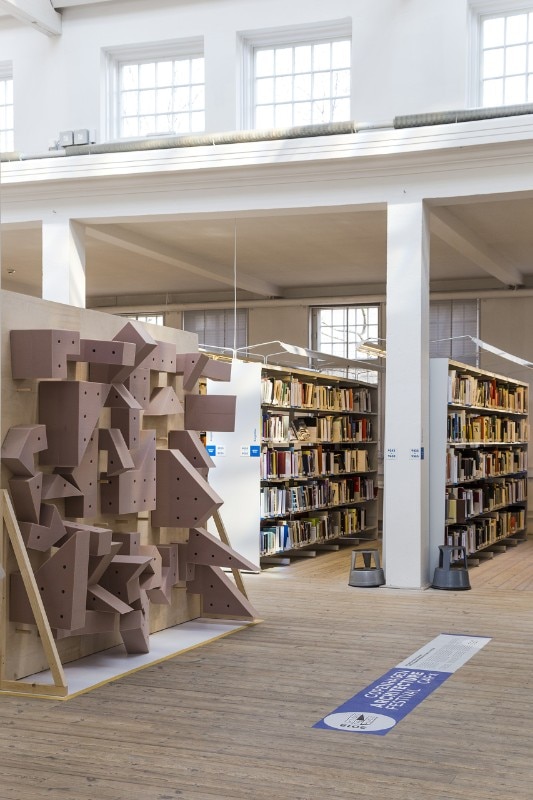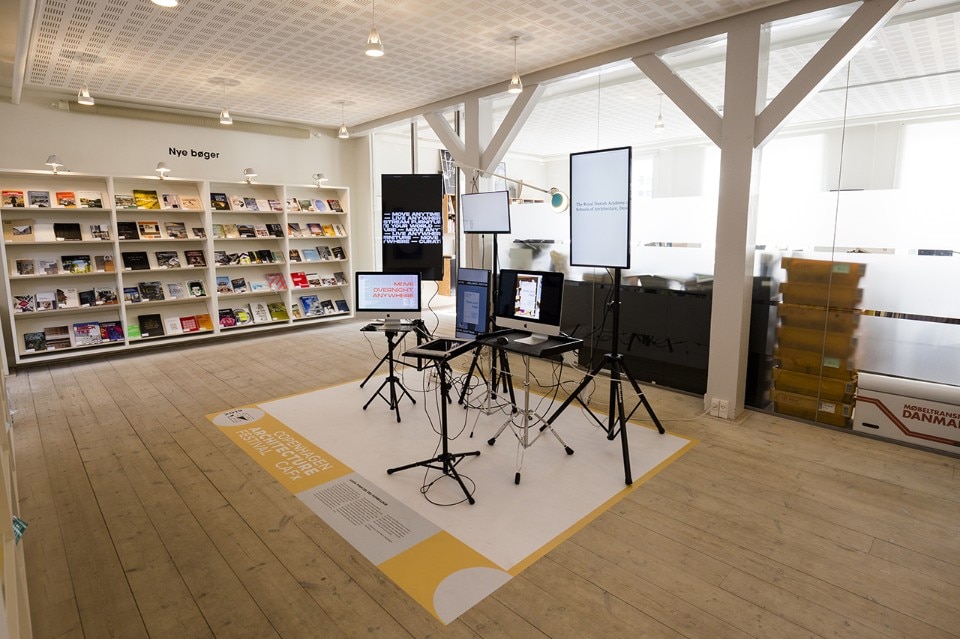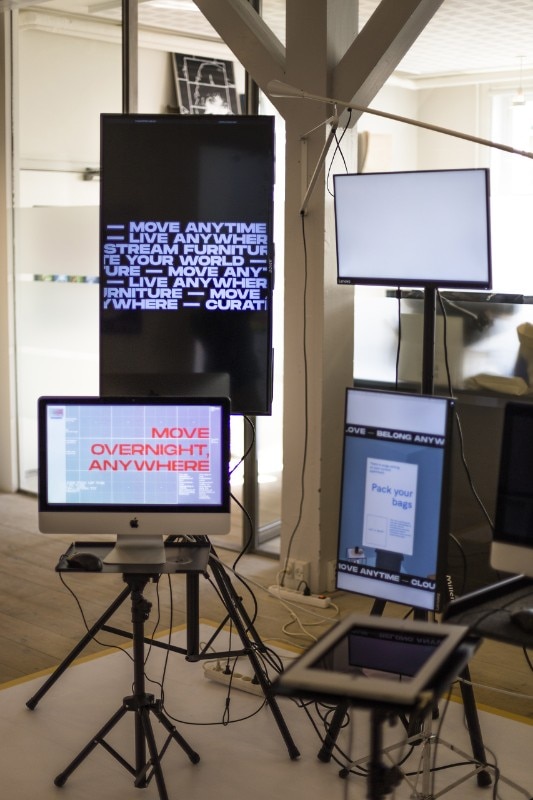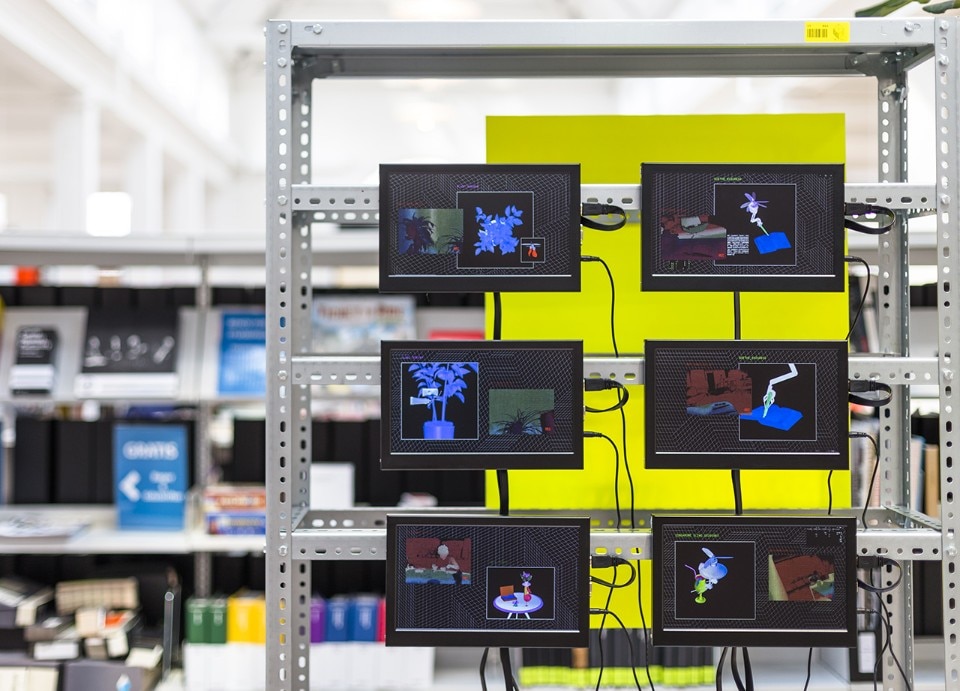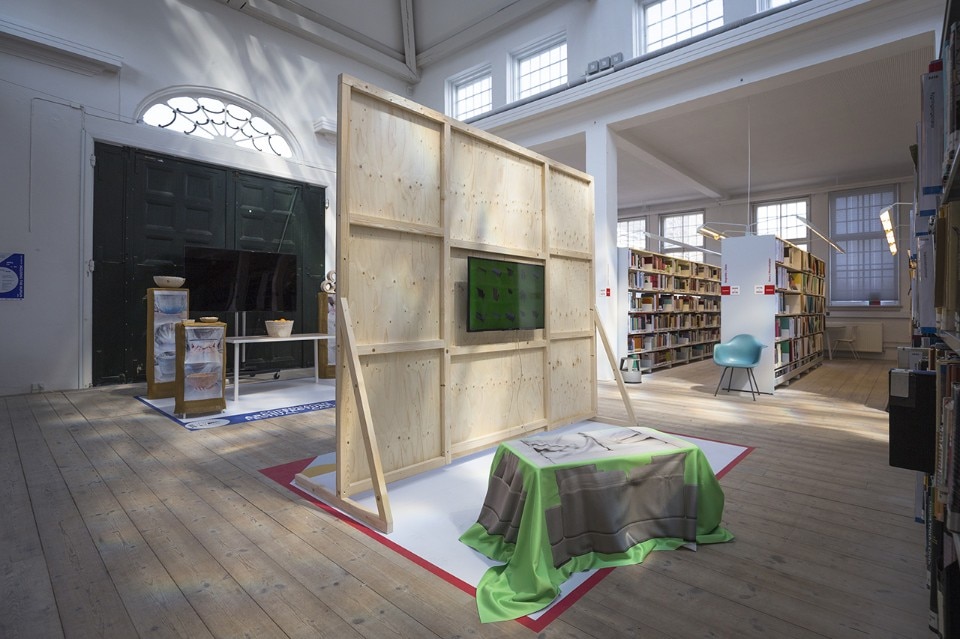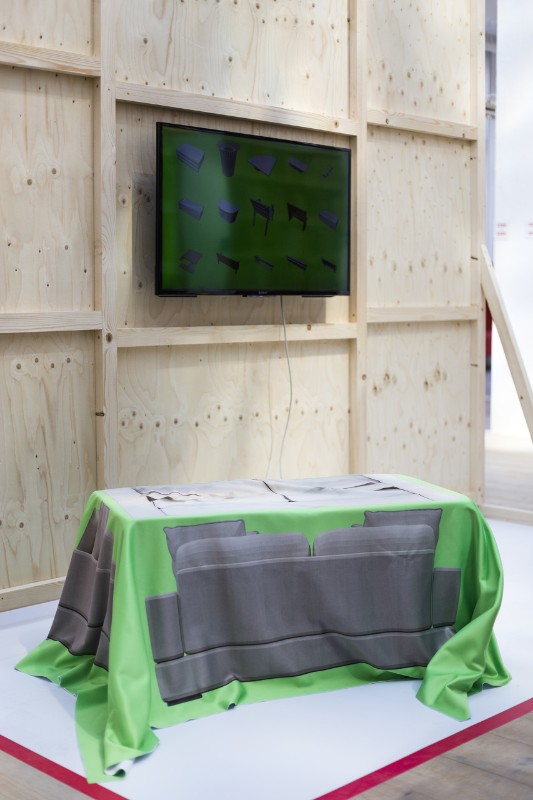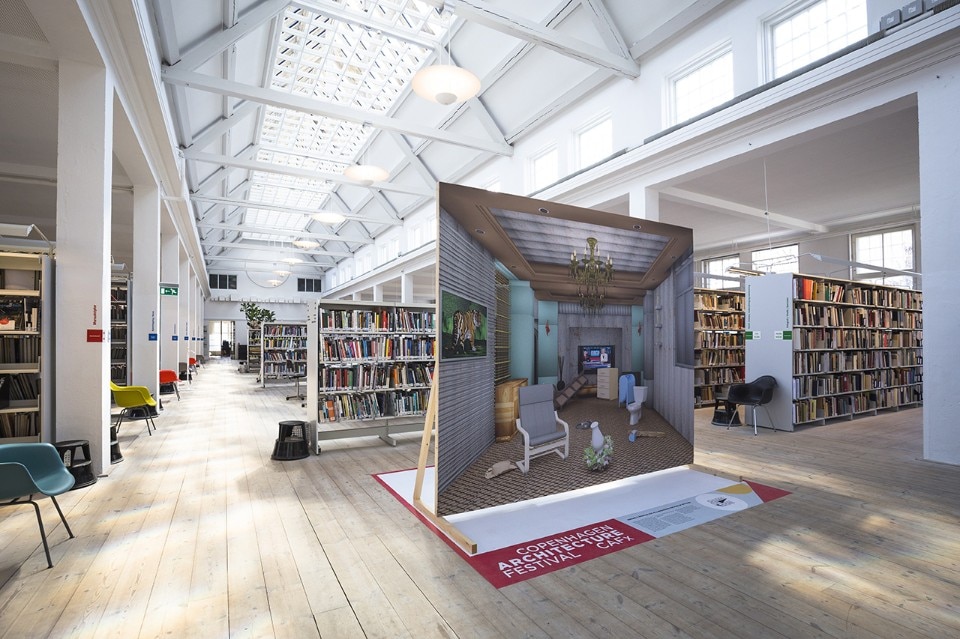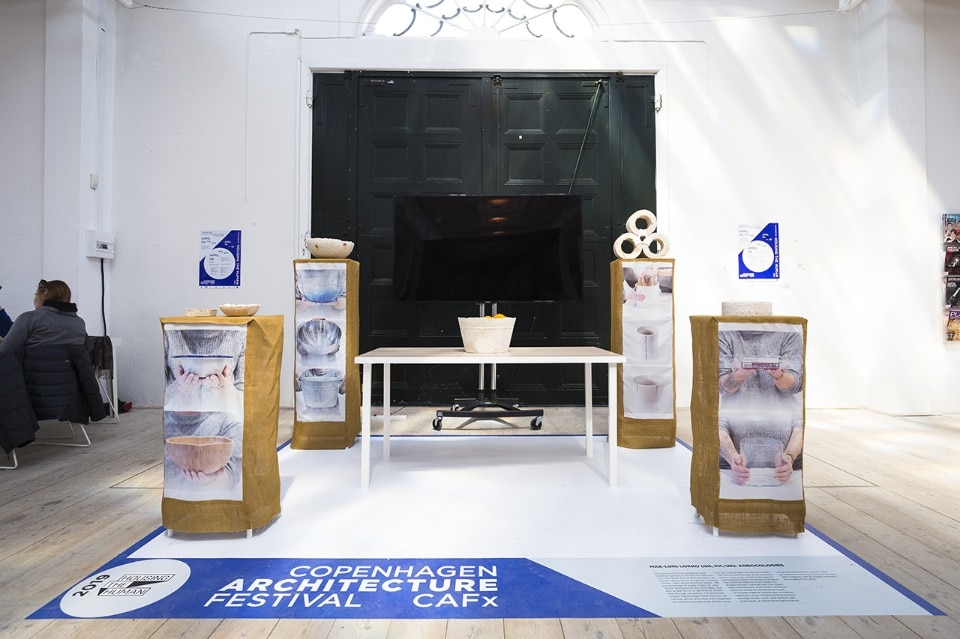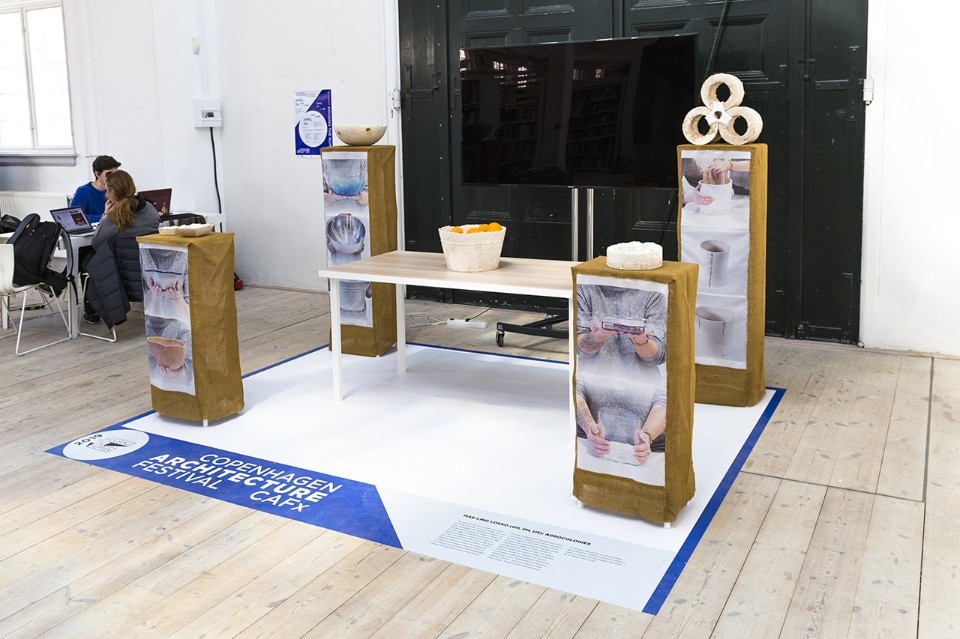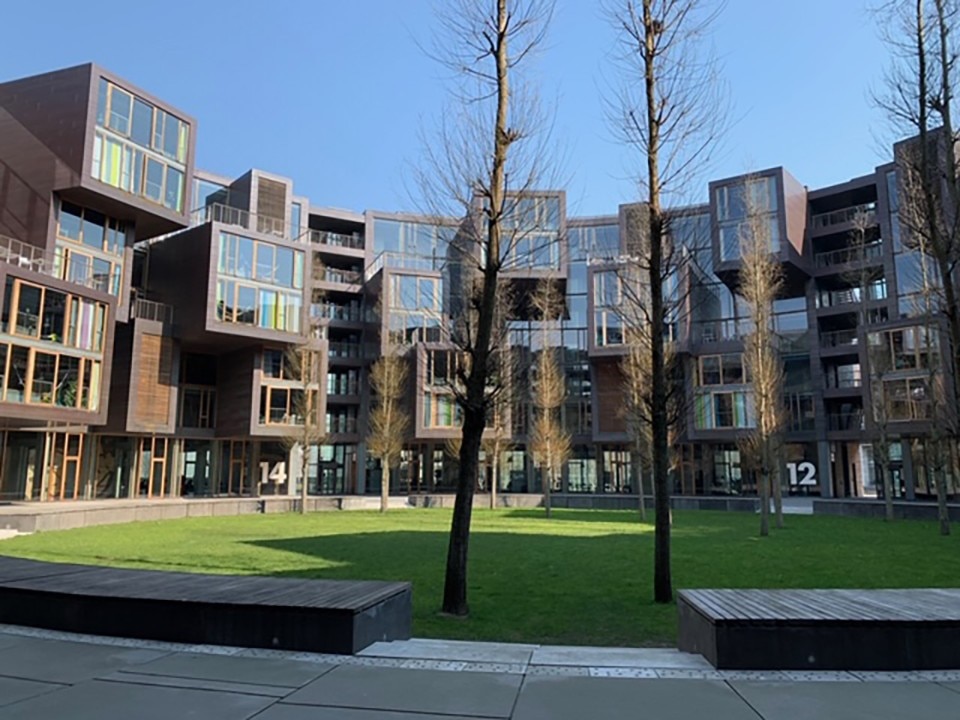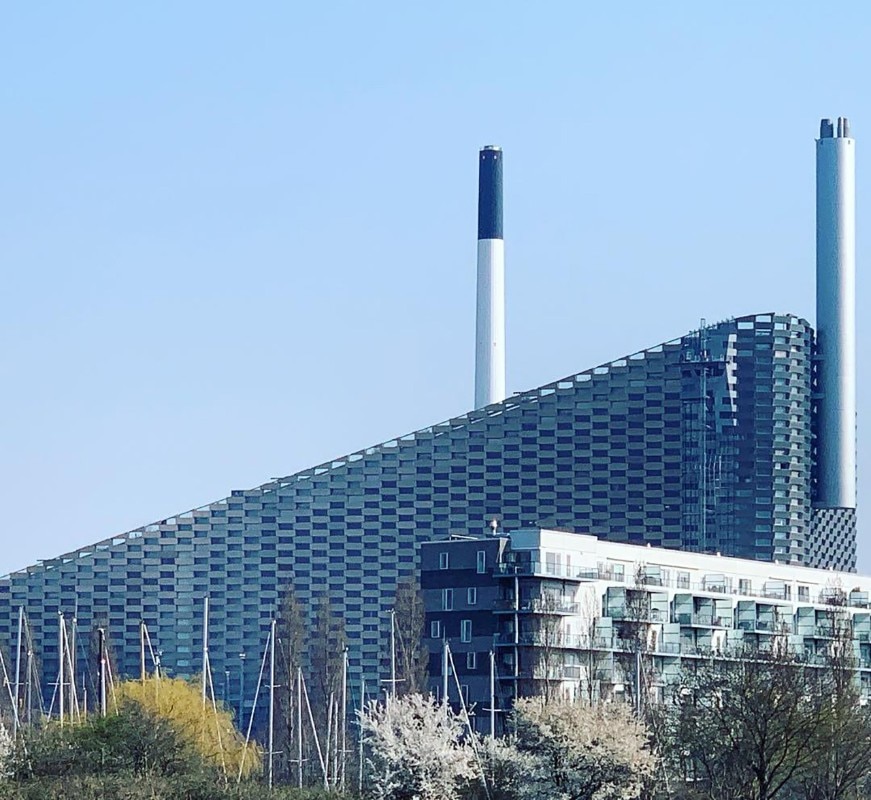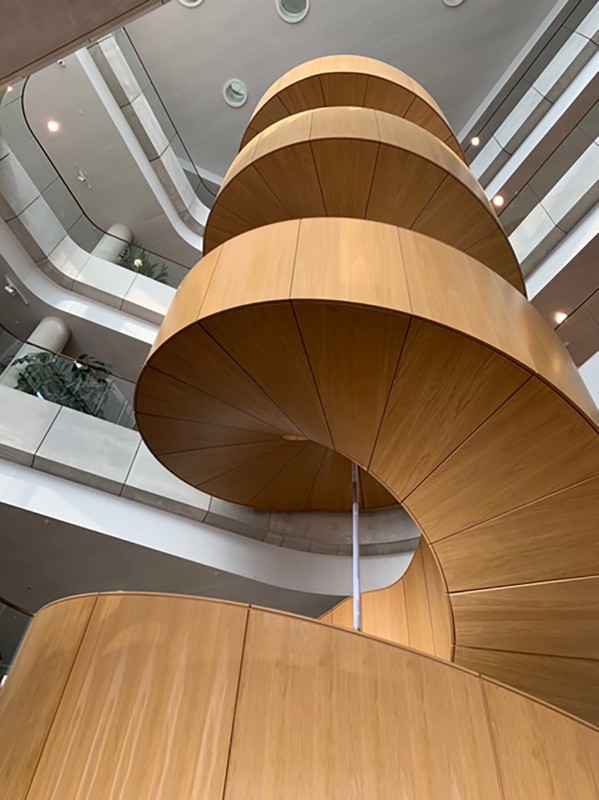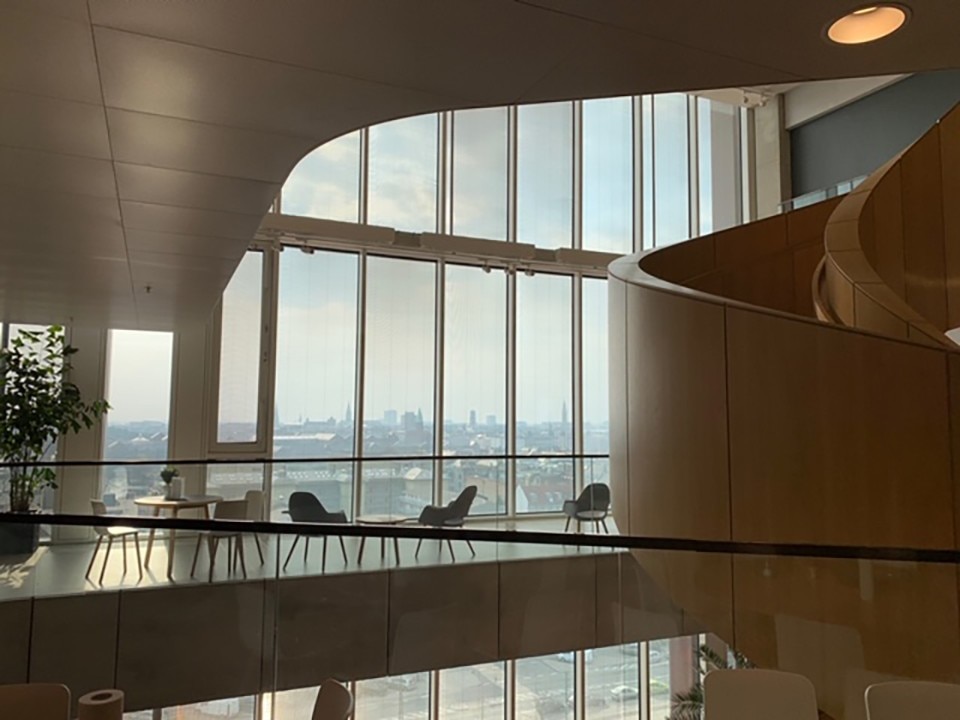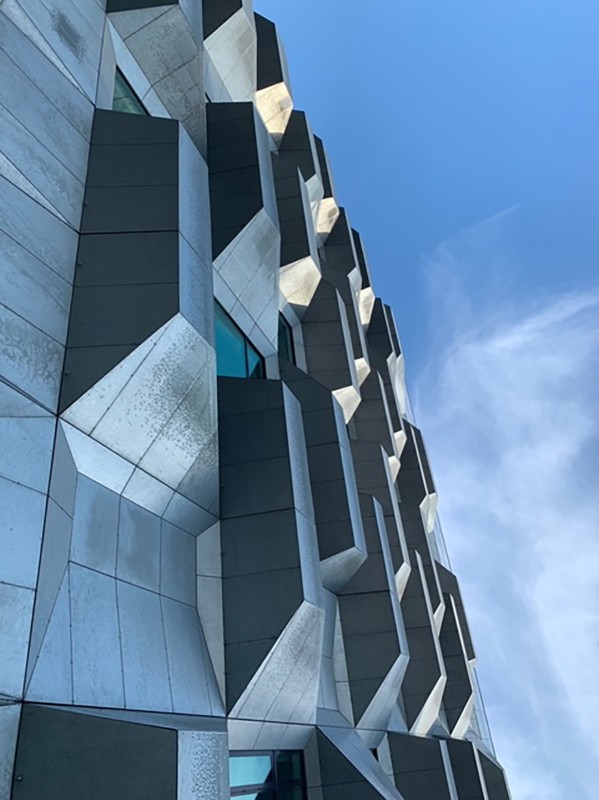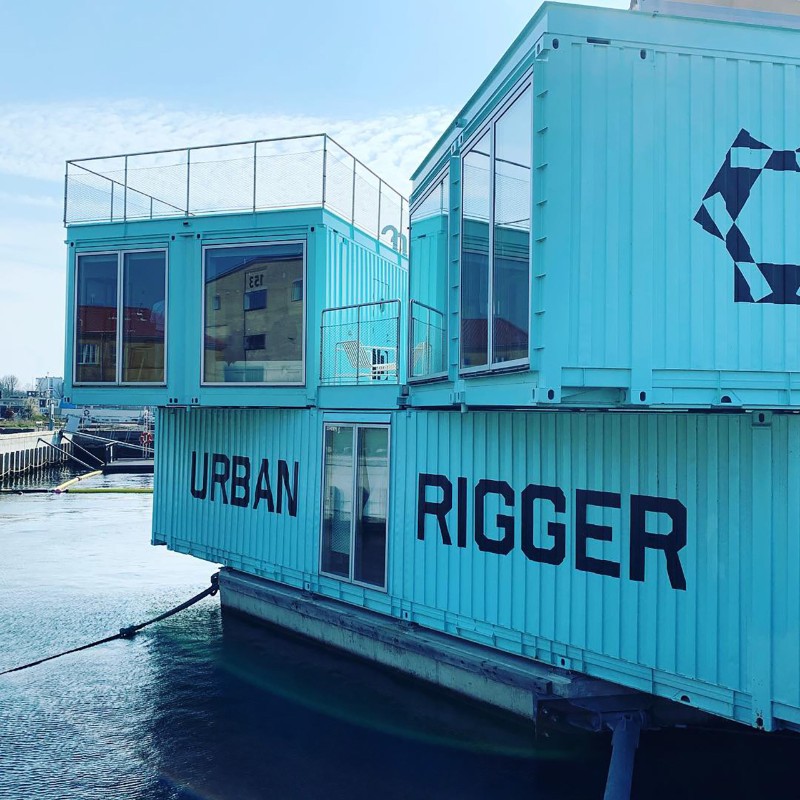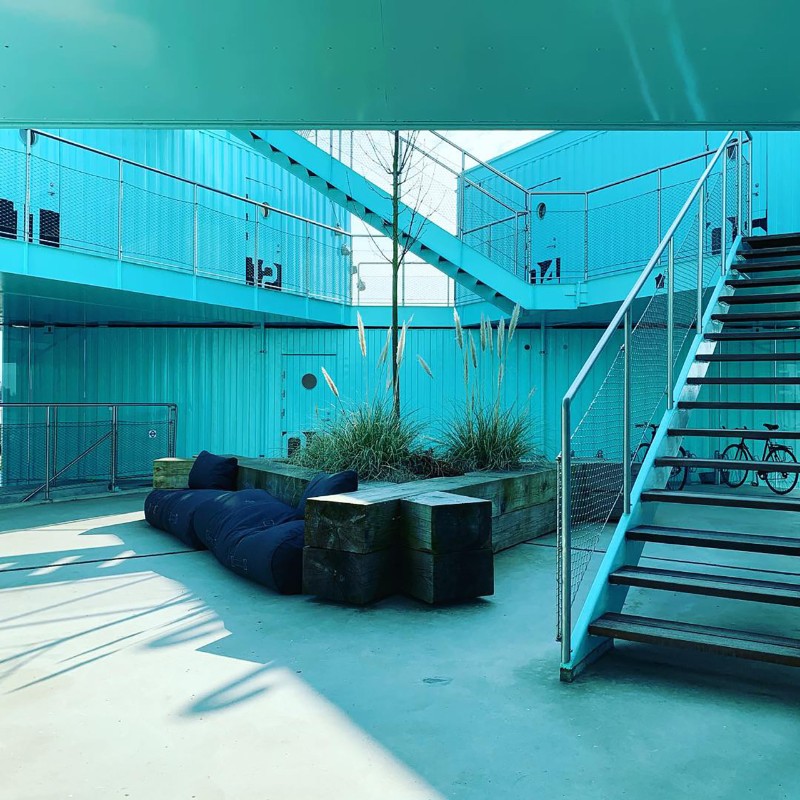For 2019 CAFx took on the theme Changing Ideals: 1919-2019-2119 – a reflection on how technology, increasingly present, can change the way we live. More than 200 events organised around this topic took place 4-14 April across the city, as well as in Aarhus and Odense.
It was a perspective analysed by the five finalists of Housing the Human, who created concepts imagining how we could live in the future and what developments, behavioral and social, will modify our living space. The five projects range from investigating how on-demand systems can influence the change in our daily lives, presenting a modular living space, equipped with autonomous domestic objects and digital devices that dynamically adapt to the needs and desires of its inhabitants to projects that analyse the possibility of sustainable materials where the reuse of organic waste is achieved by exploiting the transformation of agricultural residues by fungi. Or, again, a project that assumes furnishings that can be shaped in different ways, adapting to different needs.
Organised by the international platform Housing the Human, the five architects, designers and artists will be asked to develop their concepts throughout the year, before being exhibited again in October.
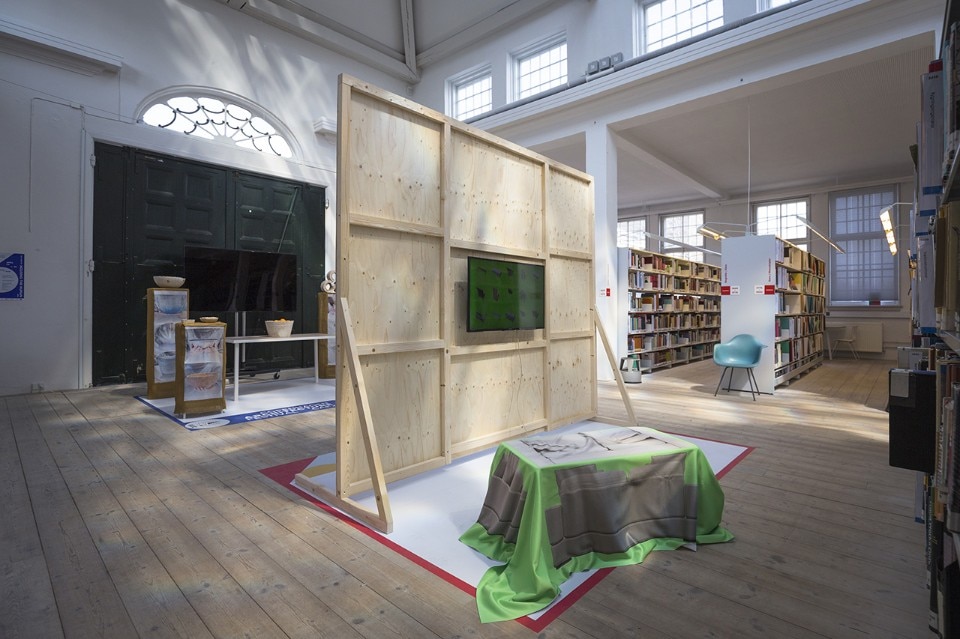
Home is Where the Droids Are by Berlin- and Boston-based studio Certain Measures asked what changes on-demand systems imply in our lives. Their prototype is of a future autonomous house conceived no longer as a single and defined space, but as a constellation of services in orbit around the occupant. Its modular living space, equipped with autonomous domestic objects and digital devices, dynamically adapts to the needs and desires of its inhabitants.
As an expert in sustainable materials, designer Mae-ling Lokko investigates the methods of processing and reusing organic waste to make worktops, tools and crockery with the project Agrocologies. In practice, the resistant and versatile composite material such as synthetic materials, but biodegradable and compostable, is made by exploiting the transformation of agricultural residues, such as straw and sawdust, or food created by mushrooms.
Simone C Niquille's investigation is based on the interaction between man and machine in private homes, defined by standardised tools and image databases used to train robots to identify and differentiate domestic objects. In his vision for Regarding the Pain of SpotMini, he breaks down the furniture by assembling it in a single room overturning a human logic in favor of a model of reality of the machine.
Cloud Housing by Lucia Tahan is a digital platform that allows you to change apartments and furniture at the touch of a button, depending on the needs of the moment. The investigation crosses the meaning of today's property is customisation. The simulated characteristics of the platform can be experienced by the public in a room of augmented reality that accessible through a tablet.
How can you change your living space in the post-romantic era? This is the question from which Dasha Tsapenko starts to create the modular furniture Lovaratory, which can adapt to multiple needs. The modules, soft and assembled with wooden props, can be shaped by everyone and used in completely different ways.
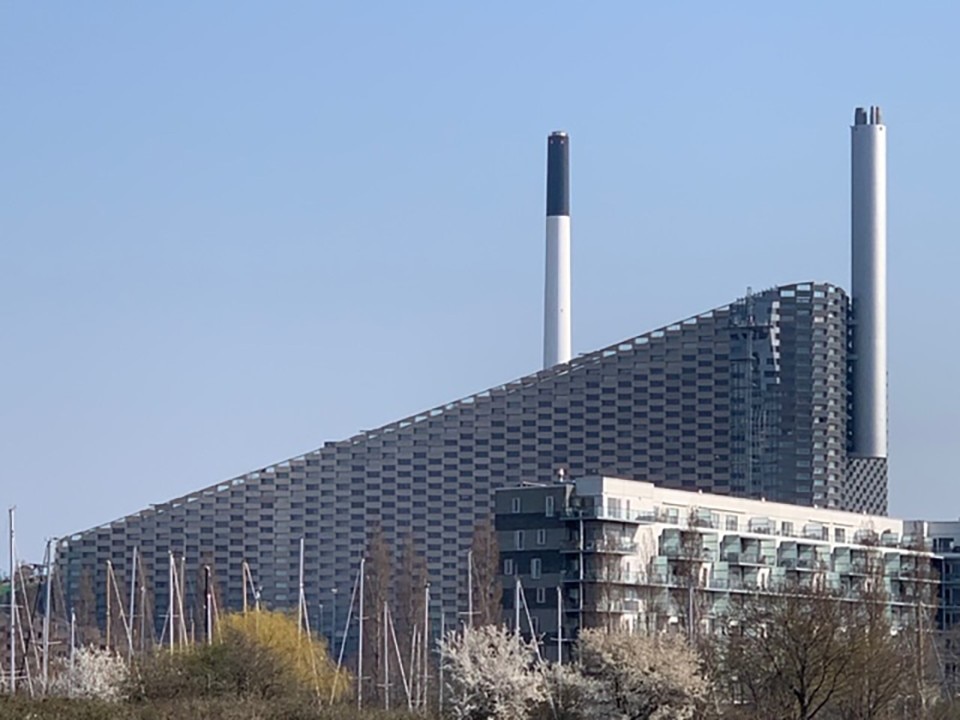
Once again this year, the festival, led by co-founder Josephine Michau, was accompanied by a film festival, curated in part by Mexican architect Tatiana Bilbao, with an intelligent and calibrated selection of films that tell the story of architectural projects from around the world.
The festival is also a way to rediscover the city, with tours organised with Danish architects. A scenic stop this year gave a preview tour of the ski slope and trekking route atop BIG's waste to energy plant. The event has the great merit of making the city and its surroundings appreciated, from the point of view of the population: it is not only a tour through the projects but it is organised so that it becomes a social experience. To really understand from the inside, how the Danes live and think and how, from a social and daily point of view, they are light years ahead of many others.
Parking lots, squares, buildings (public or not) all contain one thought: that of creating well-being and educating the population to beauty so that it is also reflected in every action of everyday life. And this is precisely the charm that the Danish capital transmits in every corner and that makes it one of the most coveted cities to live in (despite the harsh climate that characterises it).


